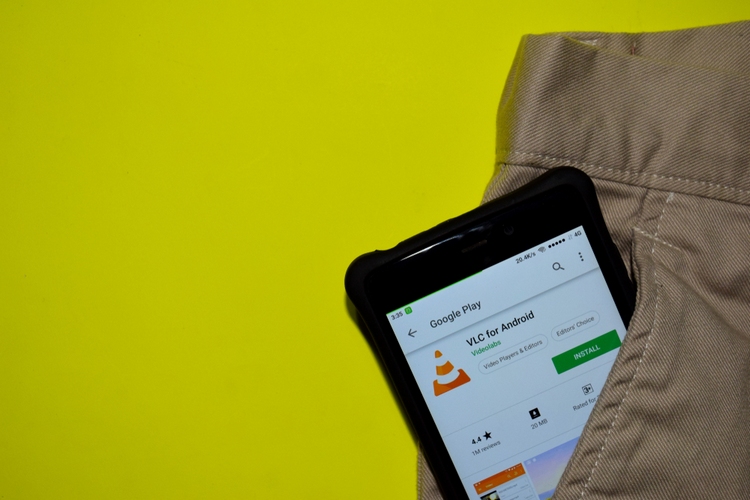
And when, for example, I really need to see a Youtube video, I will always try to do that on some other device with a larger screen. My phone browser apps are not allowed to autoplay distracting videos. Having no social media accounts, I do not encounter video clips on my phone very often. I virtually never use my phone to watch video. If you were thinking specifically of phones, then my answer is “none”. If a laptop counts as “mobile device”, then my simple answer is: VLC. Your concluding question was: “which media player do you use on your mobile devices?” Now You: which media player do you use on your mobile devices? It adds customization options and a lot of polish to VLC, and improves playback on older and low-end devices. VLC for Android 3.5 is a huge step in the right direction for the media player. Manage all files permission - auto-discover all file types, including compressed files and less popular ones.

Standard permissions - auto-discovery of regular media files supported.No Permission - auto-discovery of media is not available.

There is also a new permissions dialog that explains the three different options and functionality of the player depending on the choice made. The developers of VLC for Android improved the performance and resource usage of the player in the new version, especially on low-end and older devices.

Other new features in VLC for Android 3.5 include improved tablet and foldable devices support, automatic detection of a device's form factor to adjust the interface accordingly, and Samba shares network indexation support.


 0 kommentar(er)
0 kommentar(er)
